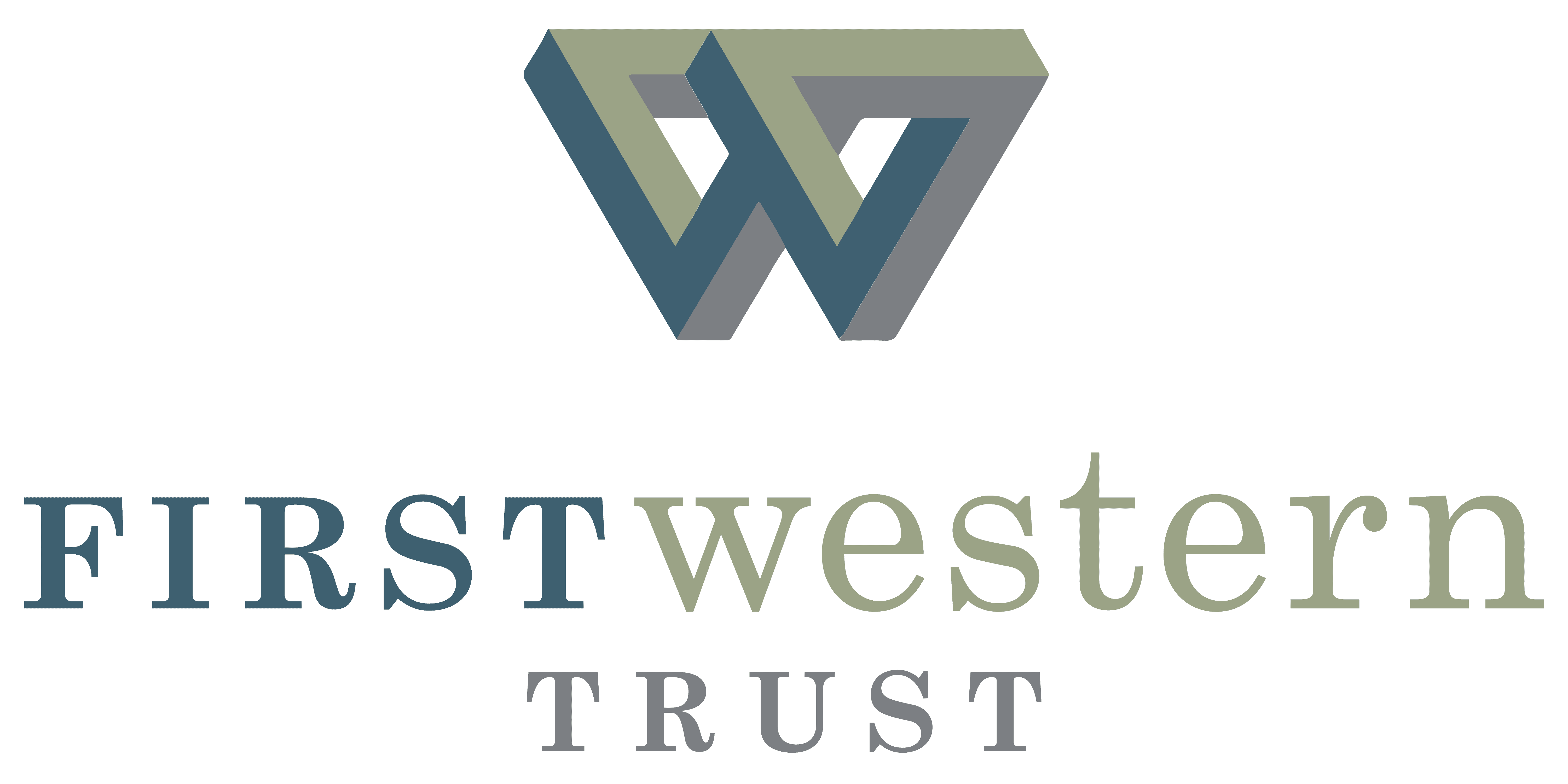
Investment Strategies for High-Net-Worth Individuals
January 2, 2025
For high-net-worth individuals (HNWIs), effective investment management calls for a well-crafted strategy and a comprehensive view of their wealth.1 Balancing risk and return while navigating market volatility and economic shifts is essential to preserving wealth and achieving financial goals. A well-structured portfolio minimizes risk and positions investors for sustainable growth.1
This article delves into advanced strategies for high-net-worth investment opportunities, including diversified asset allocation, rebalancing, alternative investments, and tax efficiency.1 It empowers you with actionable insights to protect, grow, and preserve your wealth.
Organizing Your Investments: Simplifying Complexity
Managing a portfolio can be complex, especially as the number of assets grows. Balancing diverse holdings such as real estate, private equity, and equities becomes increasingly challenging, with added responsibilities like handling capital gains taxes, coordinating multiple investments, and tracking business stakes.1
Why Organization Matters:
- Streamlines management of diverse asset classes.
- Ensures strategic alignment with long-term financial goals.
- Reduces the risk of overlooking opportunities or exposing assets to unnecessary risks.
A professional advisor can help HNWIs organize their investments, allowing for a seamless and efficient strategy that maximizes returns.1
Asset Allocation: Building Resilient Portfolios
Proper asset allocation helps reduce risk and ensures your portfolio, financial objectives, and risk tolerance are aligned. Without careful allocation, overexposure to a single asset class—such as stocks—can leave portfolios vulnerable during market downturns.
Key Allocation Strategies:
- Diversify Across Asset Classes: Include equities, fixed income, real estate, private debt, and commodities to spread risk.
- Incorporate Global Exposure: Investing in both developed and emerging markets enhances diversification and reduces reliance on domestic markets.1
- Balance Sectors: Mix cyclical industries like technology with defensive sectors like healthcare to maintain stability across economic cycles.
By working with professionals who specialize in investment options for high-net-worth individuals, you can create a portfolio that’s both diverse and resilient.1
Periodic Rebalancing: Maintaining Alignment with Goals
As markets fluctuate, portfolios often drift away from their intended asset allocation, increasing exposure to risk or reducing growth potential. Periodic rebalancing realigns your portfolio with your financial strategy and risk tolerance.
How to Rebalance Effectively:
- Threshold-Based Rebalancing: Adjust when an asset class deviates beyond a set percentage from its target allocation.
- Calendar-Based Rebalancing: Review allocations on a fixed schedule, such as quarterly or annually.
- Tax-Aware Rebalancing: Offset capital gains with tax-loss harvesting and prioritize tax-advantaged accounts like IRAs or 401(k)s adjustments.
Incorporating tax-saving strategies into rebalancing can reduce tax liabilities and improve after-tax returns.
Alternative Investments: Unlocking Unique Opportunities
Alternative investments play a vital role in diversified investment strategies, providing opportunities beyond traditional stocks and bonds.1 These options often have a lower correlation to market performance, providing a hedge against volatility.
Popular Alternatives:
- Commercial Real Estate: Direct property ownership and REITs offer steady income and inflation protection.
- Private Debt: Floating-rate loans provide attractive returns with lower interest rate risk than traditional fixed-income options.
- Digital Assets: Cryptocurrencies present speculative growth opportunities suitable for a small portion of a diversified portfolio.
Incorporating alternative investments requires careful planning, as these options often have higher risk or limited liquidity.1
Reducing Tax Liability: Maximizing After-Tax Returns
Reducing tax liability is an essential part of effective portfolio management. Strategies like tax-loss harvesting, asset location optimization, and tax-advantaged investments can preserve more wealth.1
Key Tax-Saving Strategies:
- Municipal Bonds: Federal tax-exempt and often state-tax-free municipal bonds provide steady income with reduced tax exposure.
- Roth IRA Conversions: Convert traditional IRA funds into Roth IRAs to benefit from tax-free growth in retirement.
- Charitable Giving: Contribute appreciated assets to donor-advised funds to eliminate capital gains taxes and secure a tax deduction.
By leveraging tax-efficient investment strategies, high earners can grow wealth while reducing the tax burden on their portfolios.1
Efficient Wealth Distribution: Protecting Your Legacy
Many prioritize growing their wealth and preserving it for future generations. Efficient estate planning and charitable giving ensure that wealth is passed on without creating unnecessary financial or legal burdens for beneficiaries.1
Strategies for Wealth Distribution:
- Charitable Trusts: Combine philanthropy with tax advantages to protect wealth while giving back.
- Estate Planning: Work with advisors to structure wills and trusts for maximum efficiency.1
- Tax-Efficient Gifting: Leverage gift tax exemptions to transfer wealth while minimizing tax liabilities. With the upcoming estate and gift tax exemption sunset in 2025, now is the time to begin planning to avoid any losses and maximize current exemption limits.1
Efficient wealth distribution requires a coordinated approach involving estate attorneys, tax advisors, and financial planners.
Investment Options for High-Income Earners
HNWIs can access various investment options designed to align with their unique financial goals and risk tolerances.1 Here are a few notable options:
- Brokerage Accounts: Unlimited contributions and flexible withdrawals make these accounts ideal for additional savings after maxing out tax-favored plans.
- Health Savings Accounts (HSAs): Triple tax benefits make HSAs an effective tool for saving on healthcare costs and growing wealth for medical needs in retirement.
- After-Tax 401(k) Contributions: High contribution limits allow for significant growth while retaining flexibility.
These investment options help high-net-worth individuals diversify portfolios, ease tax burdens, and align with long-term wealth-building strategies.1
Evaluating Your Investment Goals
Investment goals evolve.1 Regularly reviewing your portfolio ensures your financial strategy aligns with your life changes and aspirations.
The Importance of Regular Reviews:
- Adjust for Life Events: Significant changes, like retirement or inheritance, may require strategic shifts in your portfolio.
- Revisit Risk Tolerance: Your risk appetite may change as you age or your financial priorities shift.
- Monitor Performance: Regular reviews ensure your investments meet benchmarks and align with your objectives.1
At least annually, meeting with a trusted financial advisor is key to maintaining a strategy that evolves alongside your goals.
Conclusion
Managing wealth at a high level requires expertise, foresight, and a personalized approach. Whether through diversification, tax optimization, or strategic rebalancing, the right strategies can help high earners build resilient portfolios that balance growth and protection.
To explore these approaches further, download our white paper, Investment Portfolio Optimization: Strategies for 2025 and Beyond, and gain deeper insights into managing your investments for a secure future.1
1Investment and Trust and Estate Services are Not a deposit, Not guaranteed by the Bank, May Lose Value
NMLS #477166, First Western Trust is an equal housing lender.
First Western Trust Bank cannot provide tax advice. Please consult your tax advisor for guidance on how the information contained within may apply to your specific situation.













